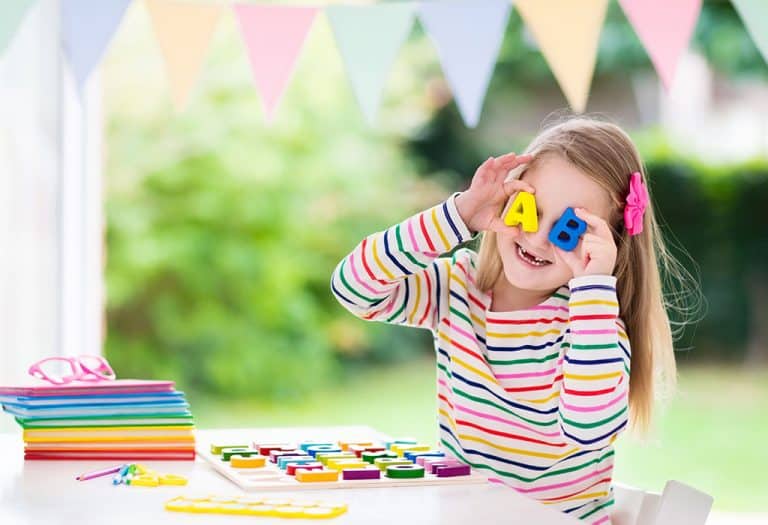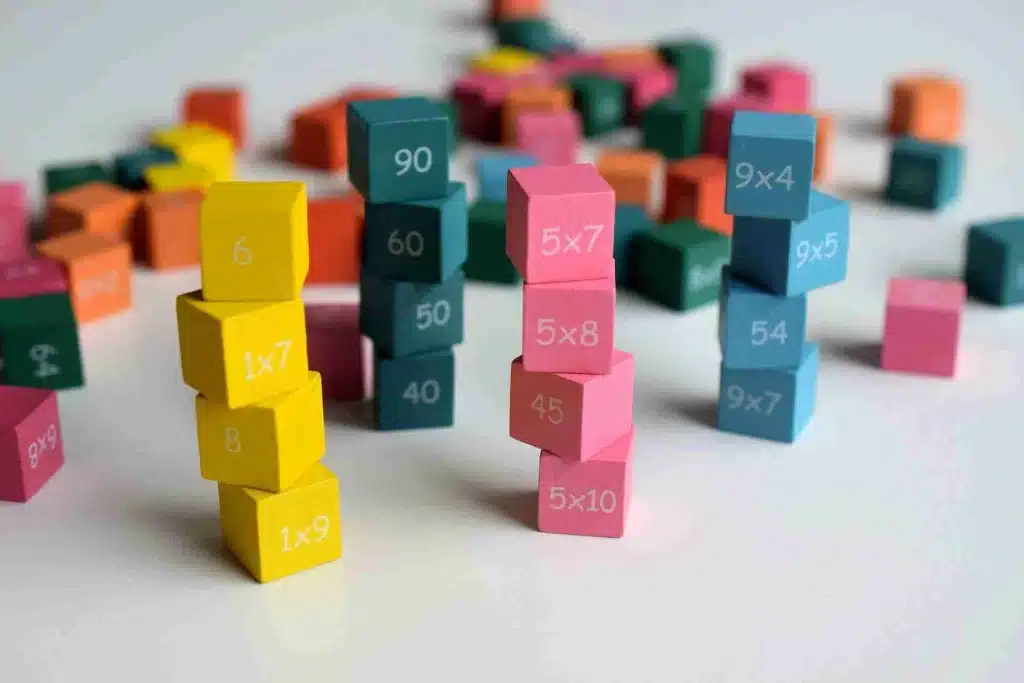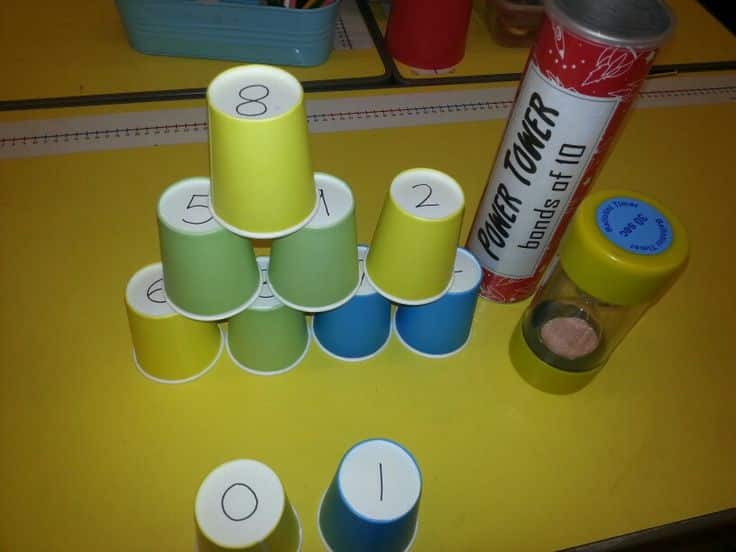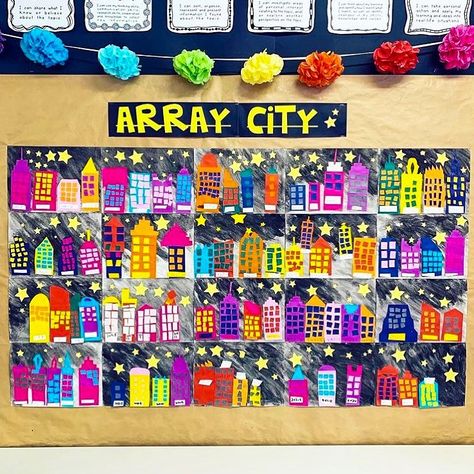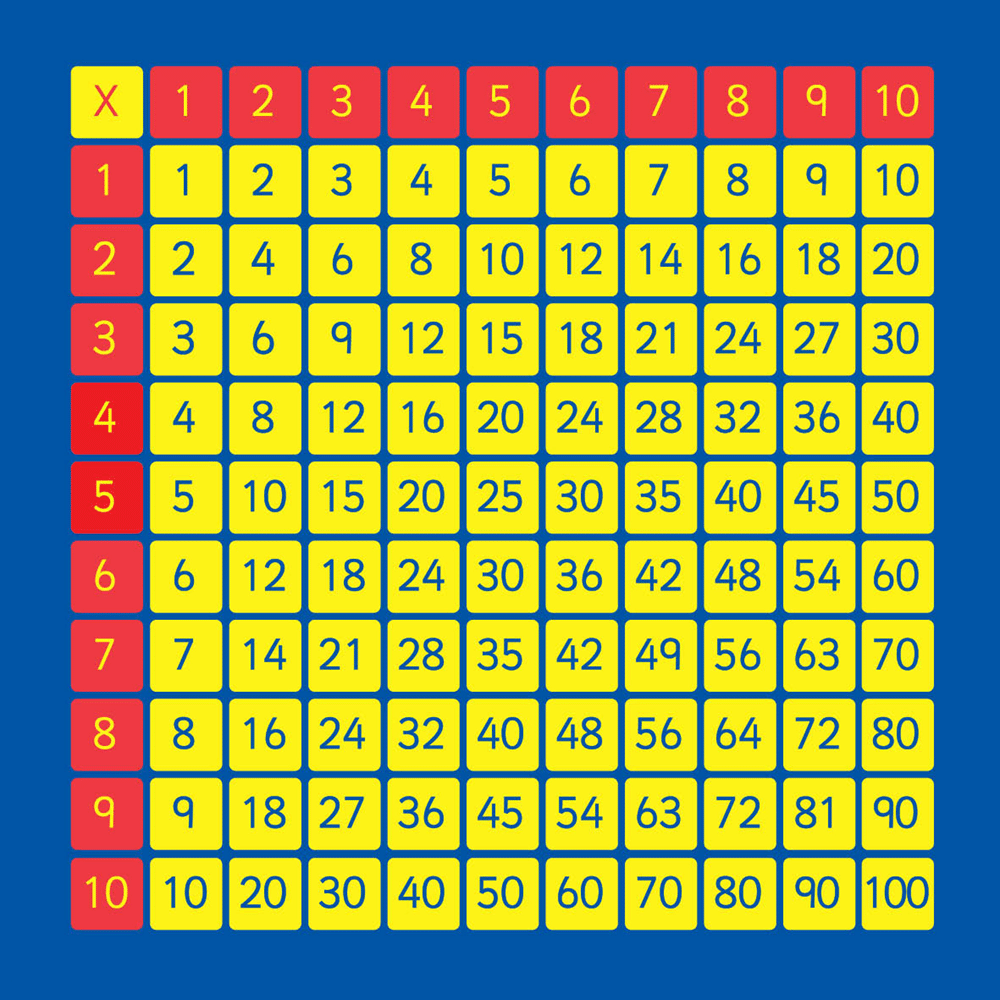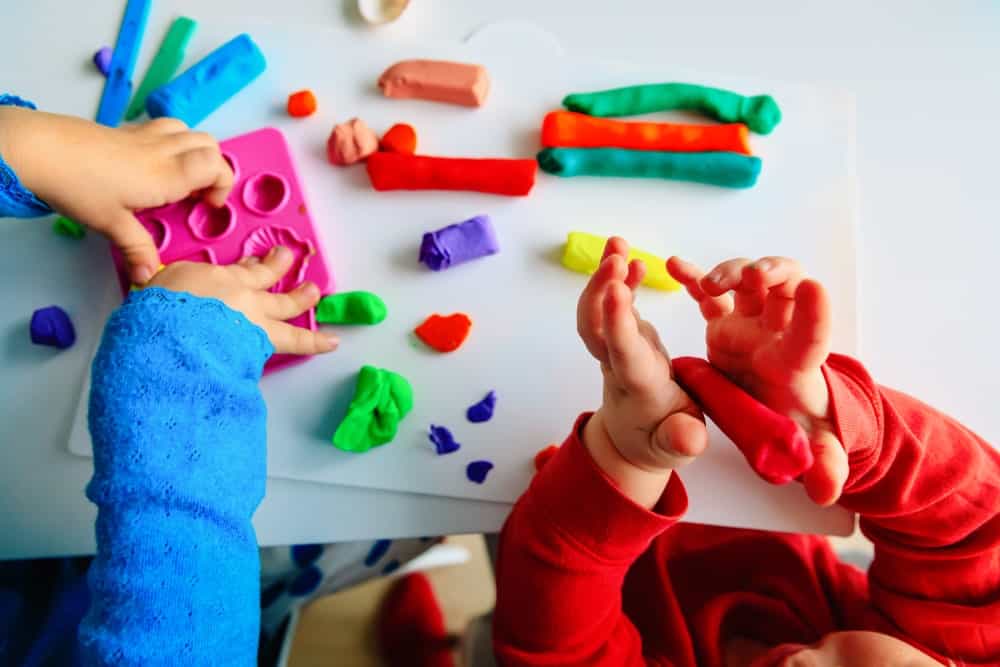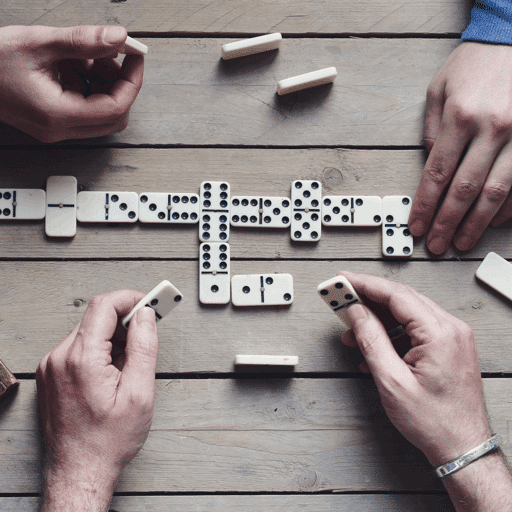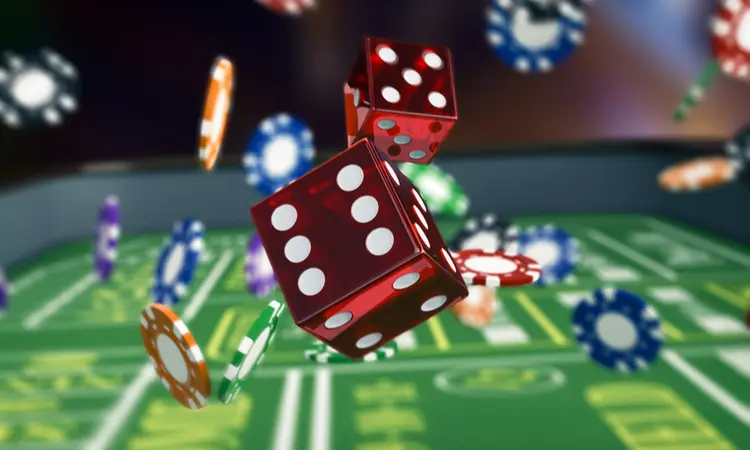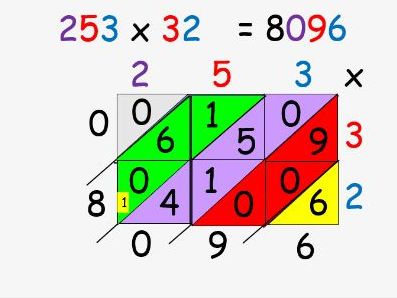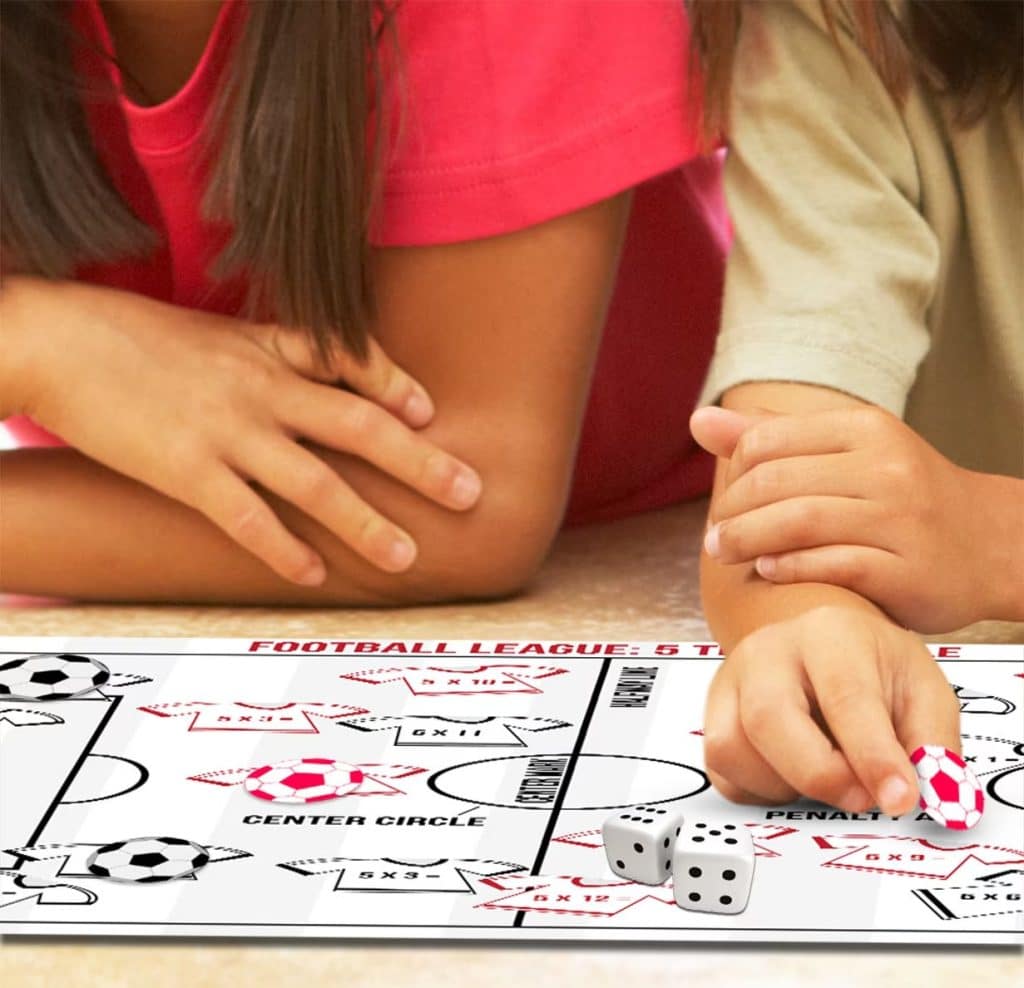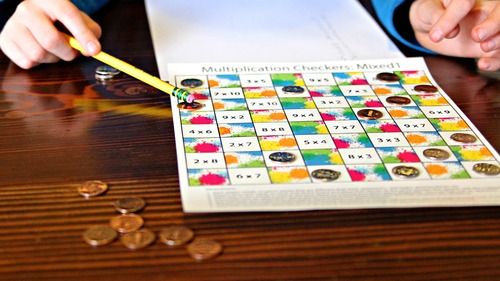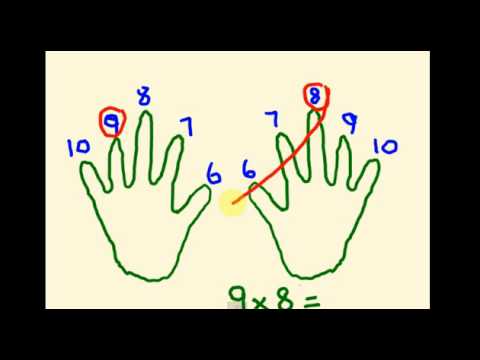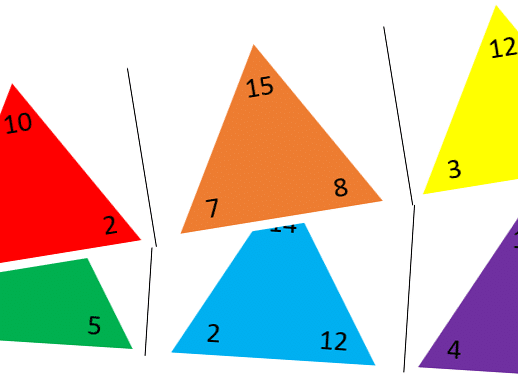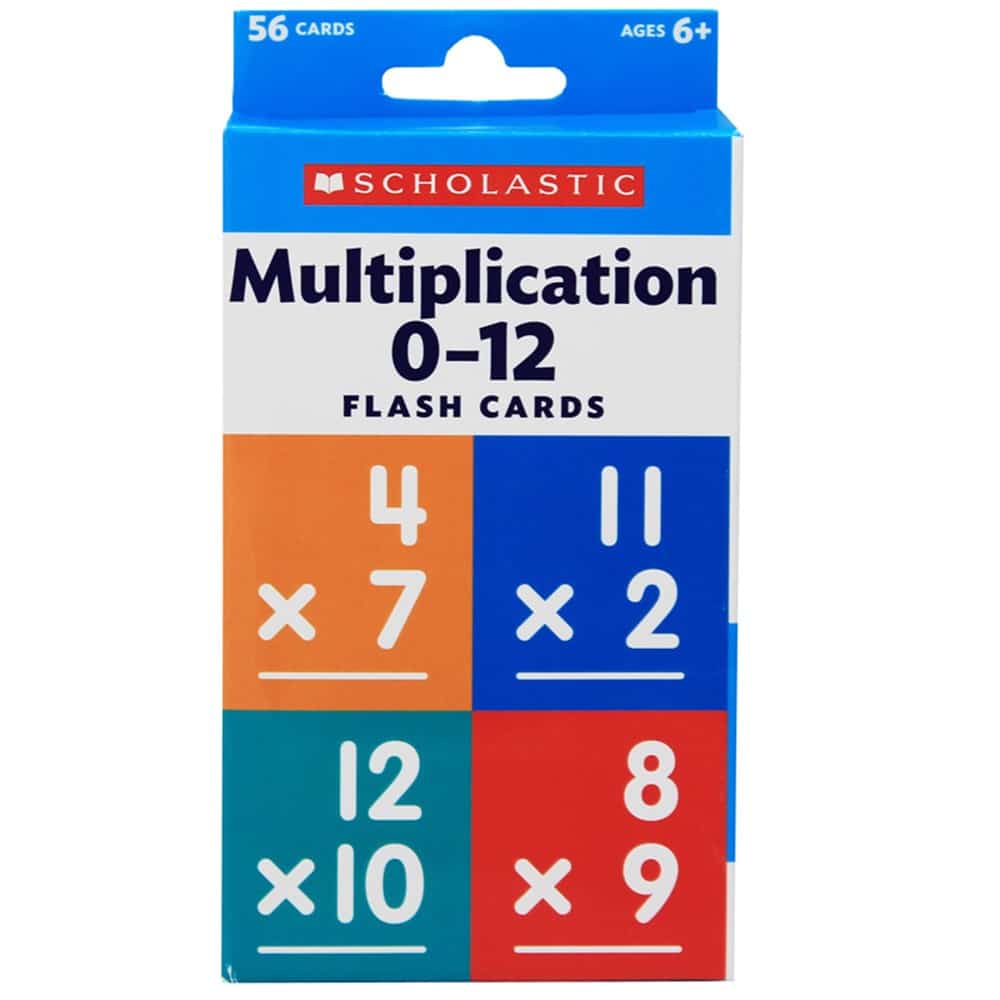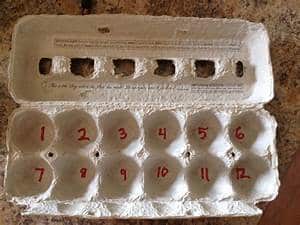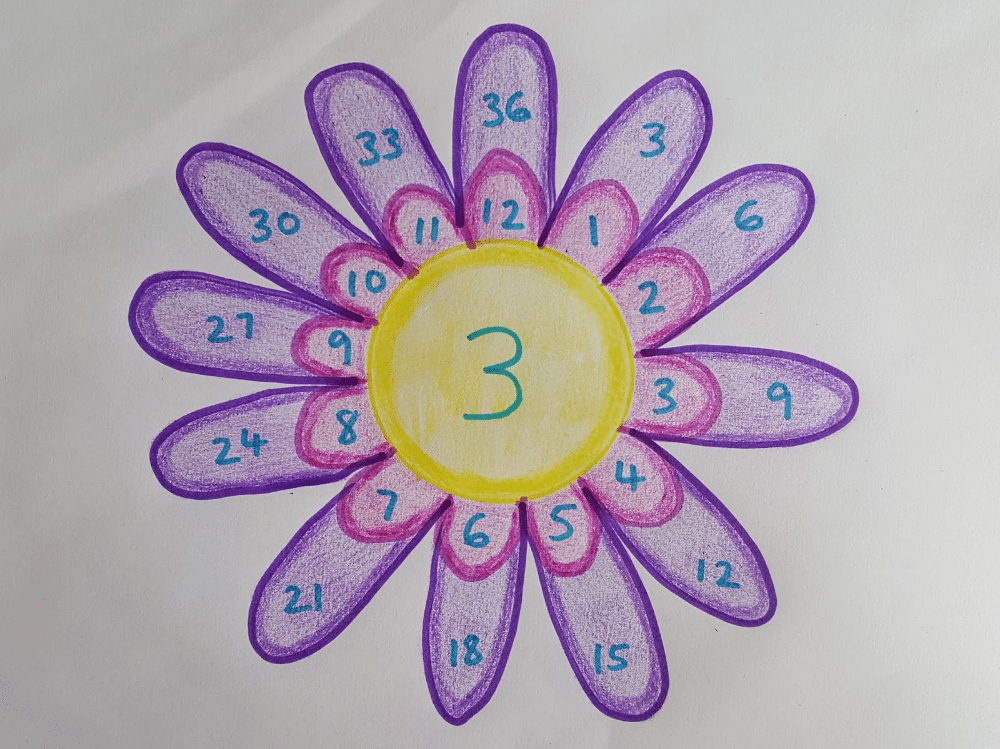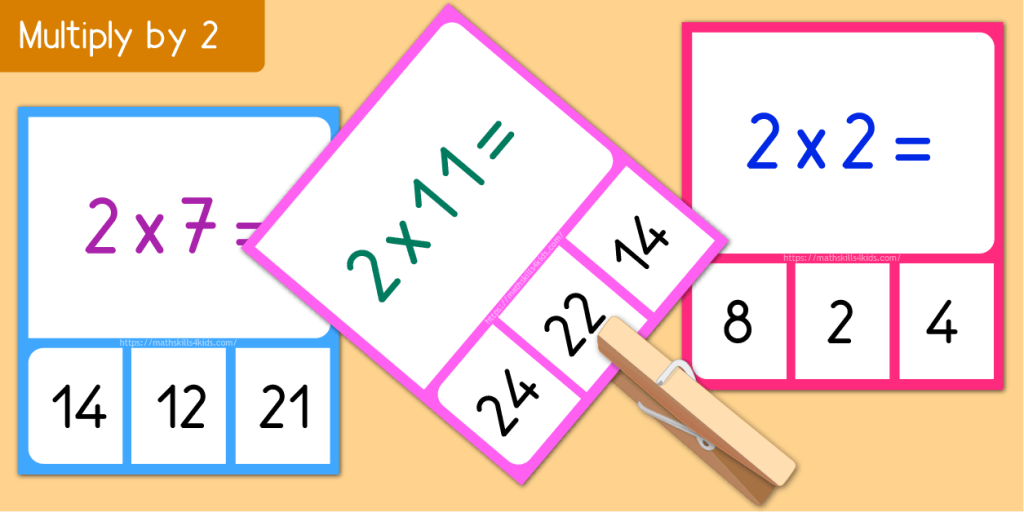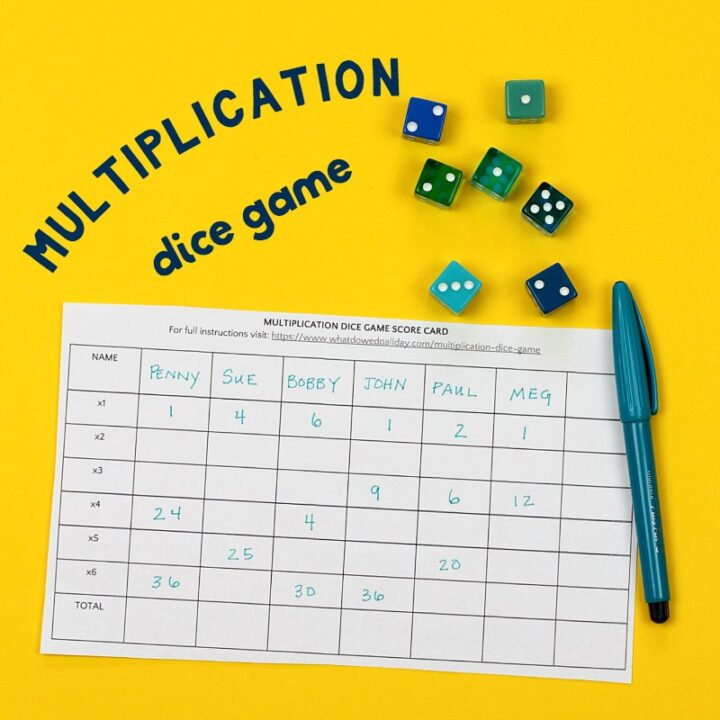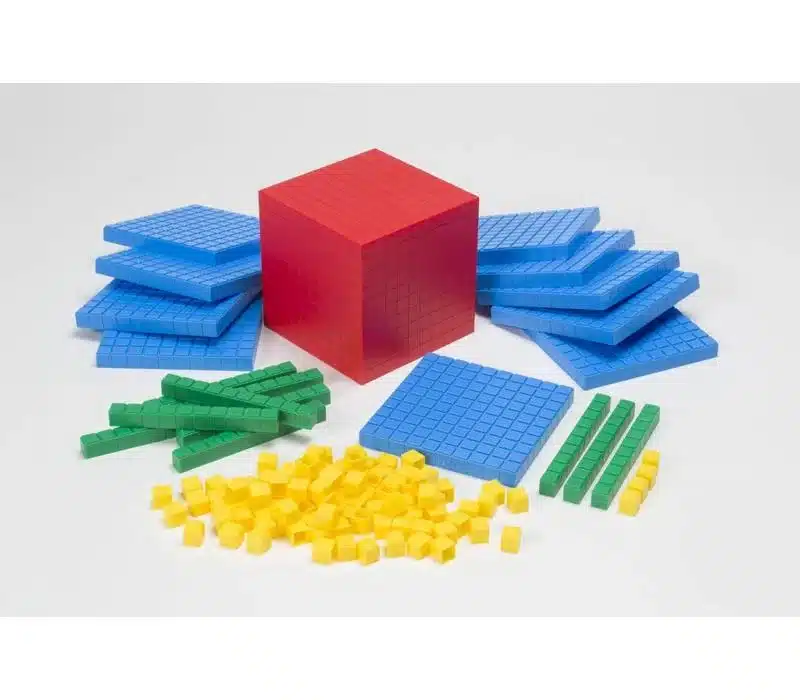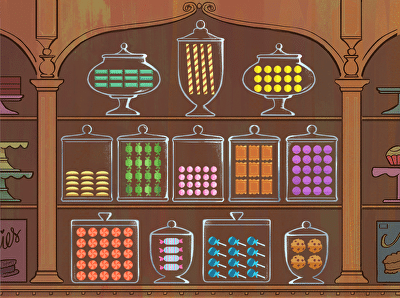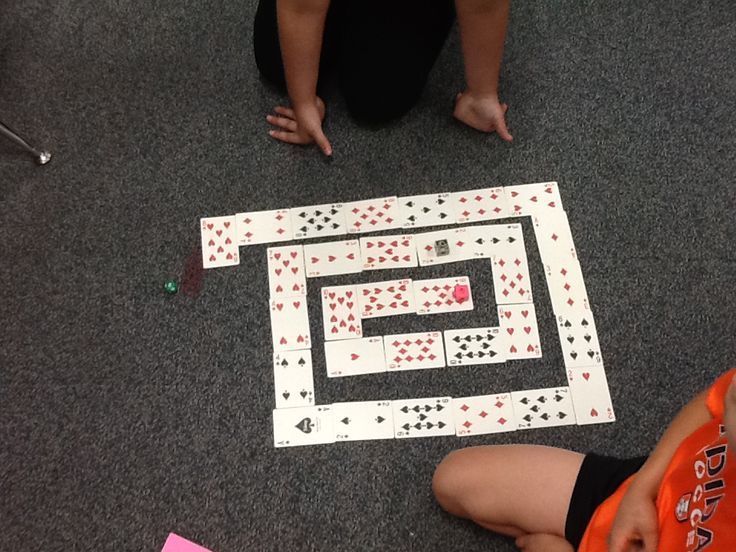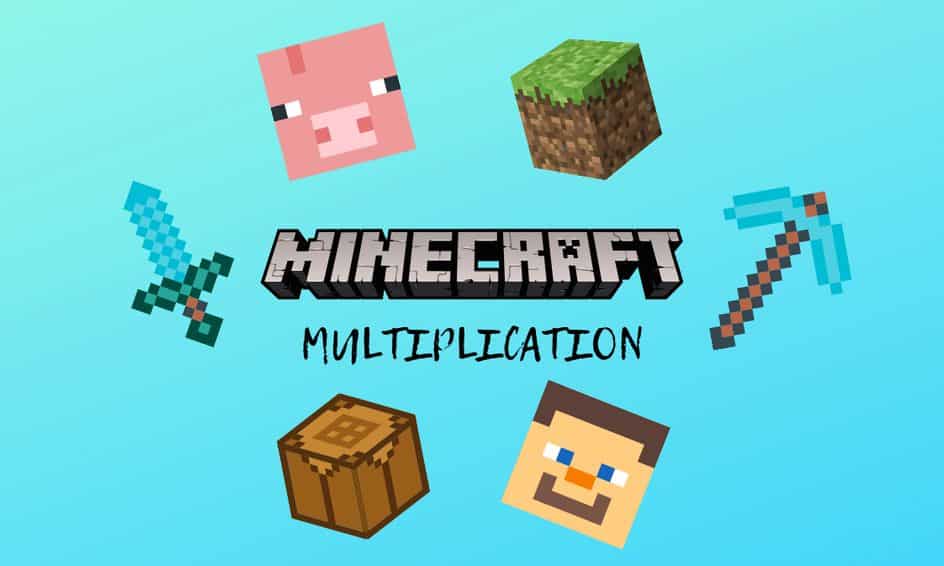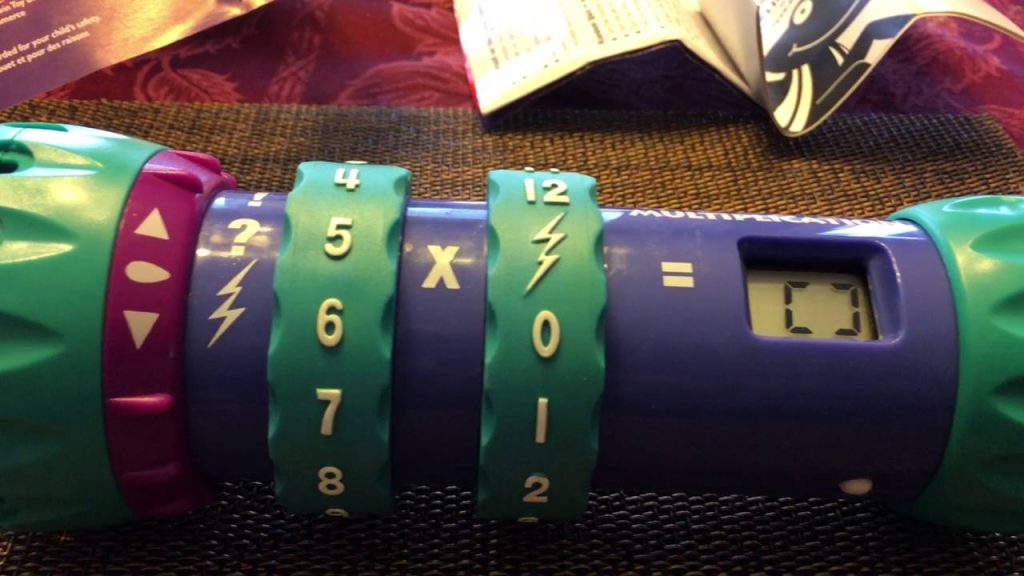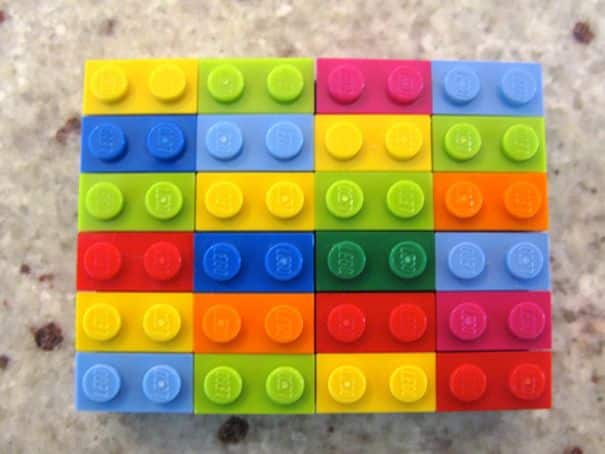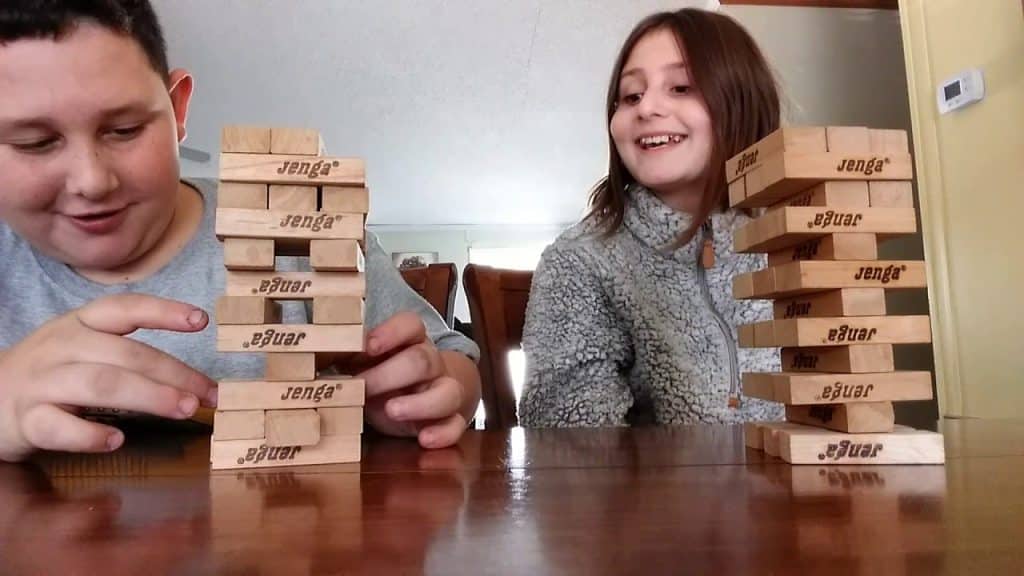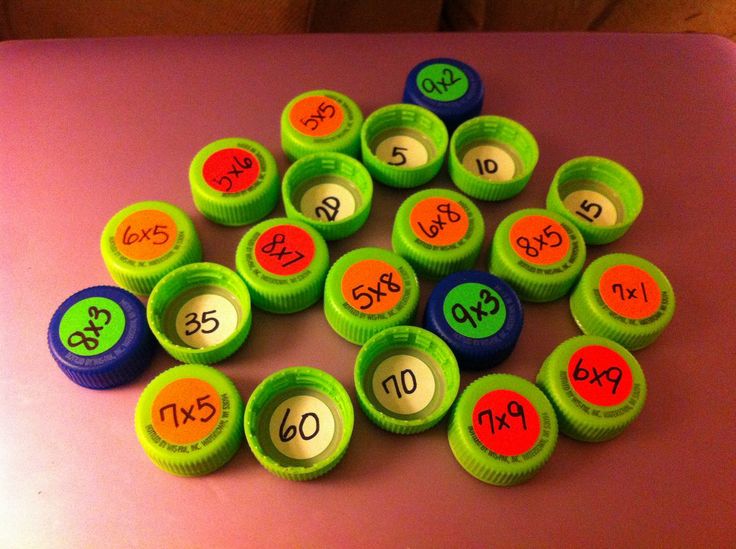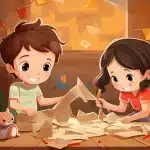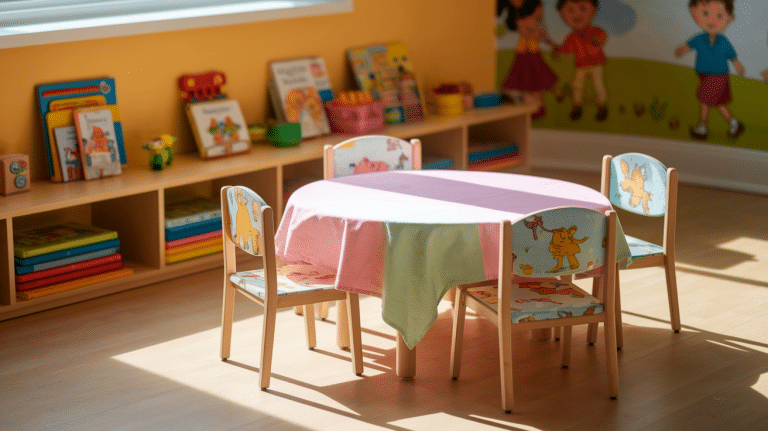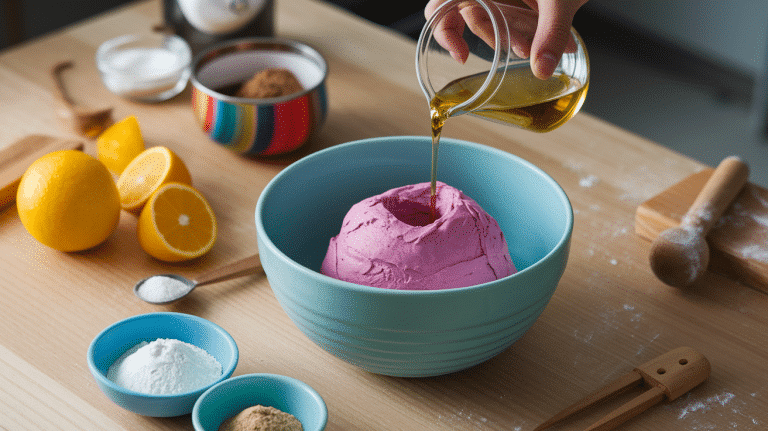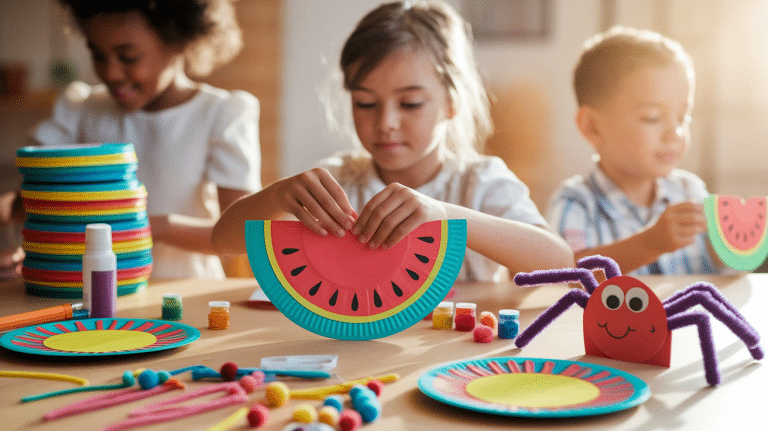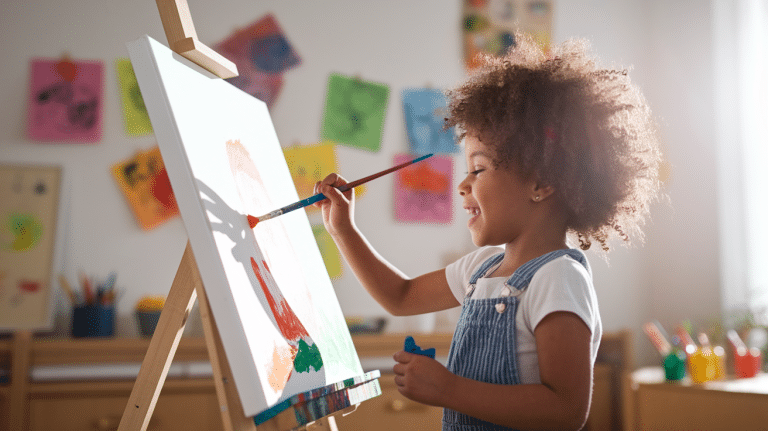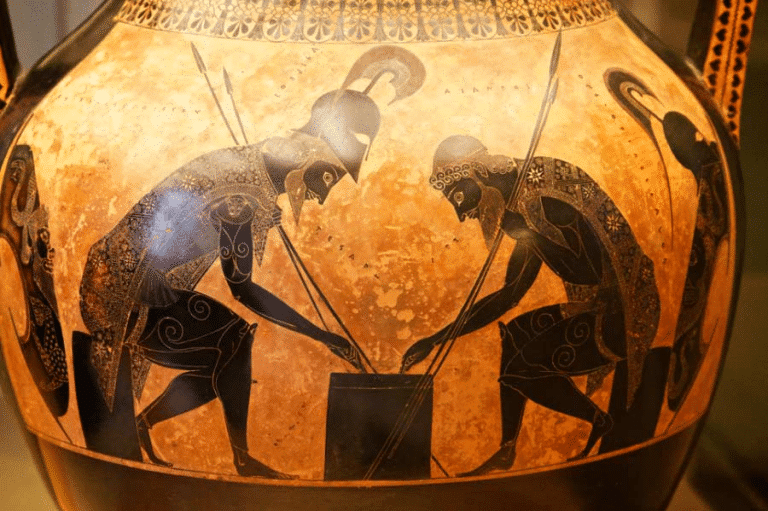Don’t you think multiplication is an important mathematical concept that kids need to learn in order to excel in their academic and professional lives? However, teaching multiplication can be a daunting task for parents and teachers alike. Fortunately, many fun learning games can help kids master multiplication in a playful and engaging way.
These games help kids practice multiplication by having them multiply the number on the dice by the number of spaces they need to move. Another fun game to play is multiplication bingo, where kids can learn multiplication facts by matching them with the products on their bingo cards.
In addition to board games and bingo, there are also many online games and apps that can help kids learn multiplication. These games often incorporate bright colors, fun animations, and interactive challenges to keep kids engaged.
We believe and understand how important it is to teach kids important lessons through fun-learning ways.
Table Games Beat Traditional Methods for Tables Learning
Times table games are a fun and engaging way to teach children the fundamental skills of multiplication. While it is true that multiplication can be taught in a “normal” way, using games can make the learning process more enjoyable and effective.
By incorporating games into the curriculum, children are more likely to stay engaged and retain information.
Additionally, times tables games can help improve critical thinking and problem-solving skills. Many multiplication games require children to think strategically and make quick decisions, which can help them develop these important skills.
Furthermore, games can help boost confidence and self-esteem as children develop mastery over multiplication tables. Another advantage of times tables games is that they can be tailored to individual learning styles. Some children may struggle with traditional teaching methods, but games can be adapted to suit their needs and provide a more effective learning experience. This can be particularly beneficial for students with learning disabilities or who struggle with math.
While traditional teaching methods can be effective, incorporating times tables games into the curriculum can make the learning process more enjoyable, engaging, and effective. By doing so, children are more likely to develop a strong foundation in multiplication and be better prepared for future math studies.
So here are the top 25 best-chosen fun learning games to teach multiplication to your little munchkins:
1. Stack Math Power Towers
Stack Math Power Towers is a great game for learning multiplication skills! To play, you’ll need a deck of cards and some building blocks. First, shuffle the deck of cards and place them face down in a pile. Each player will take turns drawing a card from the pile and using the number on the card to build a tower with their blocks.
The goal of the game is to see who can build the tallest tower. To make it more challenging, you can assign point values to each block based on its multiplication value. At the end of the game, players can add up the point values of their towers to practice multiplication skills. This game can also be played with the help of paper glasses to make buildings and to make it tough to add numbers to it. Enjoy!
2. Cut out And Assemble an Array of Cities
To play the game, first, cut out the array of cities provided above. Then, use the cities to practice multiplication. For example, you could ask yourself: What is 2 x Paris? The answer would be 2 x 3, which equals 6 (since Paris is the third city on the list).
This is a fun and interactive way to practice your multiplication skills. Let me know if you have any questions or need further assistance! This game will single-handedly teach your kids about numbers, multiplications, and cities as well.
3. Connect the Dots with Multiplication Squares
To connect the dots with multiplication squares, you will first need a blank square grid with dots arranged in rows and columns. Each dot represents a number. Then, you will need to multiply the numbers of the dots at the beginning and end of each line segment to create a product.
Write the product in the square where the line segment intersects. Repeat this process for all line segments until all dots are connected. The end result will be a completed multiplication square.
4. Sculpt Play Dough Arrays
Kids love using play dough to help them visualize multiplication! It’s so much more fun than just staring at numbers on a page. One of their favorite methods is to sculpt arrays out of play dough. J
ust take a handful of dough and roll it out into a flat rectangle, then use your fingers to create rows and columns of little balls. Then you can easily see how many total balls there are and practice counting them up to find the product. It’s a great way to make multiplication feel more tangible and engaging.
5. Line Up Dominoes
To line up dominoes for multiplication, first, you need to gather enough dominoes to represent the numbers you’re multiplying. For example, if you’re multiplying 3×4, you’ll need 3 dominoes with 4 dots each. Next, arrange the dominoes in a row so that the number of dots on each end of the dominoes matches the number you’re multiplying.
For example, if you’re using 3 dominoes with 4 dots each, you’ll want to arrange them so that there are 4 dots on one end of the first domino, and 4 dots on one end of the last domino. Finally, knock over the first domino, and watch as the rest of the dominoes fall, demonstrating the multiplication of the numbers represented by the dominoes. It’s a fun and interactive way to learn multiplication!
6. Roll to Win
Roll to win for multiplication is a fun and exciting way to practice your multiplication skills! Simply roll two dice and multiply the numbers together to get your score. The higher your score, the better your chances of winning. You can play against friends or challenge yourself to beat your highest score.
This game is a great way to improve your math skills in a fun and engaging way. Give it a try and see how much you can improve!
7. Batter Up to Learn Multiplication
Well, learning multiplication can be fun and engaging with games. There are many games available that can help improve your multiplication skills in a fun and interactive way. One popular game involves using a ball and a bat to hit targets with the correct answers to multiplication problems. Another game involves racing against the clock to solve as many multiplication problems as possible.
By playing these games regularly, you can build your confidence and accuracy in solving multiplication problems. Plus, you’ll enjoy the process and may even forget that you’re learning! So grab a bat and ball, and get ready to become a multiplication master.
8. Toss a Multiplication Football
Practicing multiplication can be a daunting task, but it doesn’t have to be boring. One fun and effective way to learn your timetables is by tossing a multiplication football. This physical activity engages your body while also improving your mental math skills. It’s a great way to retain information and make the learning process more exciting.
All you need is a football and some practice. With determination and a little effort, you’ll be a math whiz in no time. So, why not give it a try? Who knows, you might even enjoy it!
9. Play Multiplication Checkers
Playing multiplication checkers is a fun and interactive way to improve your math skills. This game combines the classic strategy game of checkers with multiplication tables, making it both challenging and educational. By playing multiplication checkers, you can practice your multiplication skills in a fun and engaging way, which is perfect for kids who are struggling with math or anyone who wants to improve their understanding of multiplication.
Not only is it a great way to learn, but it’s also a great way to spend time with friends and family. So, why not give it a try and see how much you can improve your multiplication skills?
10. Try the Finger Trick
Have you ever struggled with multiplication tables? Well, there are helpful tricks that might make it easier for you. Have you tried the finger trick for multiplication? It’s a simple method where you use your fingers as a tool to quickly find the answer to multiplication problems.
All you have to do is count the number of fingers you have up and multiply it by the number of fingers you have down, then add them together. It’s a fun and easy way to improve your math skills.
11. Practice with Fact Family Triangles
One fun and effective way to practice multiplication is by using fact family triangles. These triangles consist of three numbers that are related to each other through multiplication and division. For example, a triangle could have the numbers 3, 4, and 12. This means that 3 times 4 equals 12, and 12 divided by 4 equals 3, and 12 divided by 3 equals 4. By practicing with these triangles, you can improve your understanding of multiplication and division and strengthen your math skills overall.
To create your own fact family triangles, simply choose three numbers and write them on the vertices of a triangle. Then, fill in the multiplication and division equations to complete the triangle. With practice, you’ll be a multiplication master in no time!
12. Try Interactive Flashcards
Have you tried interactive flashcards for multiplication? They’re a super fun way to help improve your math skills. With flashcards, you can practice your multiplication tables and improve your speed and accuracy. The interactive element adds an extra level of engagement, making learning more enjoyable and effective.
Plus, you can do it at your own pace and in the comfort of your own home. So why not give it a try and see how it can help you with your math studies? With just a little bit of practice each day, you’ll be a multiplication whiz.
13. Let Us Do Some Egg Carton Multiplication
One fun way to teach multiplication to kids is by using egg cartons. Egg carton multiplication involves using the individual egg cups to represent numbers and then combining them to get the product. To start, take an egg carton and label each row with a number from 1 to 12. Then, use small objects such as beans or beads to represent the multiplier and place the corresponding number of objects in each egg cup.
Next, stack the egg cartons on top of each other and count the total number of objects to get the product. This is a hands-on and engaging way to teach multiplication that can help kids visualize and understand the concept better.
14. Draw Waldorf Multiplication Flowers
Waldorf multiplication flowers are a beautiful and intricate type of mathematical art. To draw these flowers, start by drawing a large circle in the center of your paper. Divide the circle into six equal sections, using a protractor or ruler to ensure accuracy. Next, draw a smaller circle inside each section, making sure that each circle is tangent to the larger one. Connect each circle to its neighboring circles with a line, creating a six-pointed star shape.
Finally, draw a line from the center of the large circle to each of the six points on the star. Repeat this process for each section to create a stunning Waldorf multiplication flower. With practice, you can experiment with different colors and patterns to create truly unique and eye-catching designs.
15. Match Multiplication Memory Cards
To play the game “Match multiplication memory cards,” you will need a deck of cards with multiplication equations and their corresponding answers. Shuffle the deck and lay out the cards face down on a flat surface. Players take turns flipping over two cards at a time, trying to match the equation with its correct answer.
If a match is made, the player keeps the pair and gets another turn. If no match is made, the cards are flipped back over and the next player takes their turn. The game continues until all the pairs have been matched. This game is a fun and effective way to improve multiplication skills while also exercising memory and concentration.
16. Multiply with Dice-in-Dice
One interesting way to multiply two numbers is by using the concept of dice-in-dice. To do this, imagine two dice with numbers 1 to 6 on each face. Roll the first die and place it in the center of the second die. The number on the face of the second die that touches the first die represents the tens digit of the result. Then, roll the first die again and place it on the remaining empty face of the second die.
The number on the face of the first die represents the one digit of the result. Multiply the two original numbers to get the final result. This method adds a fun twist to multiplication and can be a great way to engage children in math activities.
17. Pull out The Base-10 Blocks
To begin with, multiplication using base-10 blocks, it’s important to first have the blocks on hand. These blocks are an excellent visual tool for helping with basic math concepts, and they can be used to demonstrate multiplication in a tangible way. To get started, locate the base-10 blocks and separate them by color. These blocks typically come in units (ones), rods (tens), flats (hundreds), and cubes (thousands).
Once you have your blocks separated, you can begin to demonstrate multiplication by grouping the blocks into arrays. For example, you can group ten rods together to represent 100, or ten flats together to represent 1,000. With the base-10 blocks, multiplication becomes a hands-on activity that can help solidify these important math concepts.
18. Visit the Multiplication Shop
Looking to sharpen your multiplication skills? Check out the multiplication shop game! This fun and interactive game allows you to practice your multiplication tables in a playful and engaging way. The game is designed for all ages and skill levels, so whether you’re a beginner or a math whiz, you’re sure to enjoy it.
You’ll be given a set of multiplication problems to solve, and for each correct answer, you’ll earn points that can be used to buy items in the “shop.” The more points you earn, the more items you can buy, so keep practicing and you’ll soon be a multiplication master! So why wait? Start improving your math skills in a fun and exciting way!
19. Deal a Hand of Spiral
For learning multiplication, you can deal with a hand of Spiral. This game is a fun and engaging way to learn and improve your multiplication skills. To start, shuffle the deck of cards and deal five cards to each player. The goal of the game is to create a spiral of cards with matching multiplication facts.
For example, if you have a card with 2×3, you can place it next to a card with 3×4, creating a spiral of 2×3, 3×4, 4×5, and so on. The first player to create a full spiral wins the game. This game is perfect for children and adults alike, and it’s a great way to make learning multiplication more enjoyable and interactive.
20. Build Multiplication Skills with Minecraft
Minecraft is an incredibly popular game among children and adults alike, and it can also be an effective tool for building multiplication skills. By creating challenges that require players to solve multiplication problems, Minecraft can help children develop their math abilities while also having fun. One way to do this is by setting up a “mathematics station” in the game, where players can work on multiplication problems and earn rewards for their efforts.
Another option is to use Minecraft to create real-world scenarios that require multiplication skills, such as building a farm that requires players to calculate crop yields or constructing a village that needs to be supplied with food and resources. With a little creativity, Minecraft can be a valuable tool for building math skills and keeping kids engaged in learning.
21. Twist and Learn
Looking for a fun and engaging way to help your child learn multiplication? Well, look no further than the Twist and Learn game! This game is perfect for kids who struggle with math or who just need a little extra practice. With its colorful design and easy-to-follow rules, Twist and Learn is sure to keep your child engaged and excited as they work on their multiplication skills.
The game is played by twisting a spinner to determine the number of spaces to move, then answering a multiplication question on the space they land on. With multiple levels of difficulty, Twist and Learn are perfect for kids of all ages and skill levels. So why wait? Start playing today and watch your child’s math skills soar!
22. Watch a Multiplication Video
Multiplication videos are a great way to learn how to multiply numbers easily. To get started, search for age-appropriate videos on YouTube or educational websites. Look for ones that are easy to follow and may include visuals or animations to help illustrate the concepts. Make sure you have a pen and paper handy to work along with the examples. Pause the video as needed to take notes or solve problems on your own.
By watching a multiplication video, you can strengthen your math skills and gain confidence in your ability to multiply numbers.
23. Make LEGO Arrays
A super fun and interactive way to teach multiplication is by using LEGO bricks to create arrays. An array is simply a rectangular or square grid of objects, and in the case of multiplication, the objects are LEGO bricks. Start by selecting two different colored LEGO bricks, and using them; you can create rows and columns.
For example, if you want to teach multiplication for 3×4, use three rows of four bricks each. Encourage the student to count each brick to reach the answer. As they become more proficient, introduce larger numbers and more complex arrays. This method can make learning multiplication more engaging and hands-on, helping students to better understand the concepts.
24. Take a Challenge with Multiplication Jenga
No doubt, Jenga is an interactive way to teach multiplication. This exciting game involves building a tower out of Jenga blocks, each one marked with a multiplication problem. Players take turns removing blocks and solving the multiplication problems they reveal. The catch? If the tower falls, the player responsible must start the tower over again!
This game not only reinforces important multiplication skills but also helps develop hand-eye coordination and strategic thinking. Plus, it’s a great way to bring a group of students together for some healthy competition and teamwork. Give it a try and see how much your students enjoy learning with Multiplication Jenga!
25. Flip Bottle Caps
One creative way to make learning multiplication more engaging is by flipping bottle caps. To do this, write multiplication problems on one side of the cap and the answer on the other side. Then, have students take turns flipping the cap and solving the problem. This activity not only helps with memorization but also improves hand-eye coordination and fine motor skills.
Plus, it’s a fun way to mix up the traditional methods of learning multiplication. To make it more challenging, use larger numbers or have students race against each other to see who can solve the most problems in a certain amount of time. Get ready to flip and learn! Here you can buy the bottle caps.
Some Times’ Tables Games That You Can Buy Online
- Multiplication Chart Math Fidget toys
- Improbable Heroes Board Game
- Learning Math’s Toy for Preschool Kids
- Fun Math Multiplication Board Game
Wrapping It Up
All in all, teaching multiplication to kids can be a fun and engaging experience with the right approach. By incorporating games, visual aids, and hands-on activities, children can develop a strong foundation in math and improve their problem-solving skills. It is important to remember that each child learns differently, and finding the right method that works for them is key.
Encouraging an open and positive attitude towards math can also go a long way in helping kids feel confident and motivated in their learning journey. As parents and educators, we have the power to make learning multiplication an enjoyable experience that can set our children up for success in the future.
So, let’s embrace creativity and playfulness in our teaching methods and watch our kids thrive in their math skills!

